Yejia Xuefei and Huakui 6.0 Coffee Bean Flavor difference between washing and tanning Coffee beans
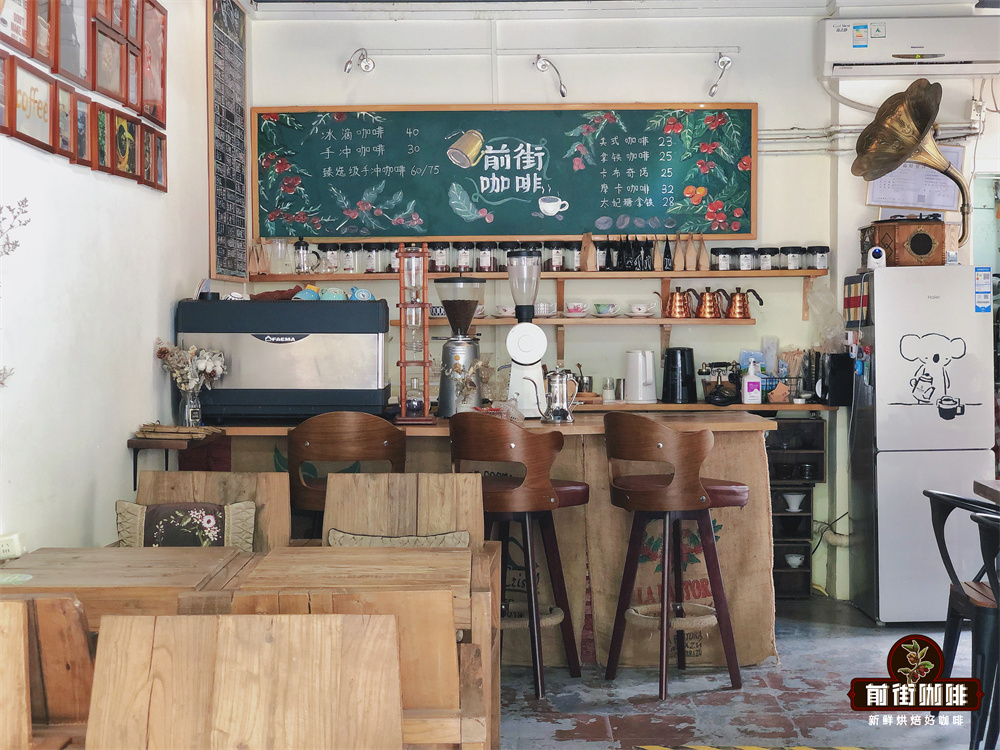
When it comes to fresh and pleasant coffee with a rising flavor, people always think of Ethiopian coffee beans for the first time. Lemon-like bright and sour water to wash Yega Xuefei coffee beans and fruit juice-like sunny coffee beans are yyds in the hearts of medium-to-shallow baking lovers! Also from Ethiopia, why do these two coffee beans show the same sour and sweetness? Next, follow the front street to "take a stroll" of two famous Ethiopian producing areas-the Yegashifi and Sidamo coffee producing areas. Sidamo coffee producing area
The Sidamo region is located in the south of Ethiopia, extending to the districts of Arsi and Bale in the east and Gamogofa in the west. Sidamo coffee is cultivated at the altitude of 1400m-2000m. The industry here is dominated by agriculture, and the main growing area of coffee is around the Great Rift Valley (Great Rift Valley) of East Africa. Sidamo has developed rapidly in recent years and is an important distribution center for coffee export. Sidamo coffee flavor is very diverse, different soil types, microclimate and countless native coffee species, resulting in obvious differences and characteristics of coffee beans produced in each town. As the coffee beans in Sidamo are rich in flower and fruit aroma, most of the coffee beans in this area are treated by sun treatment, which makes the beans more sweet and juicy.
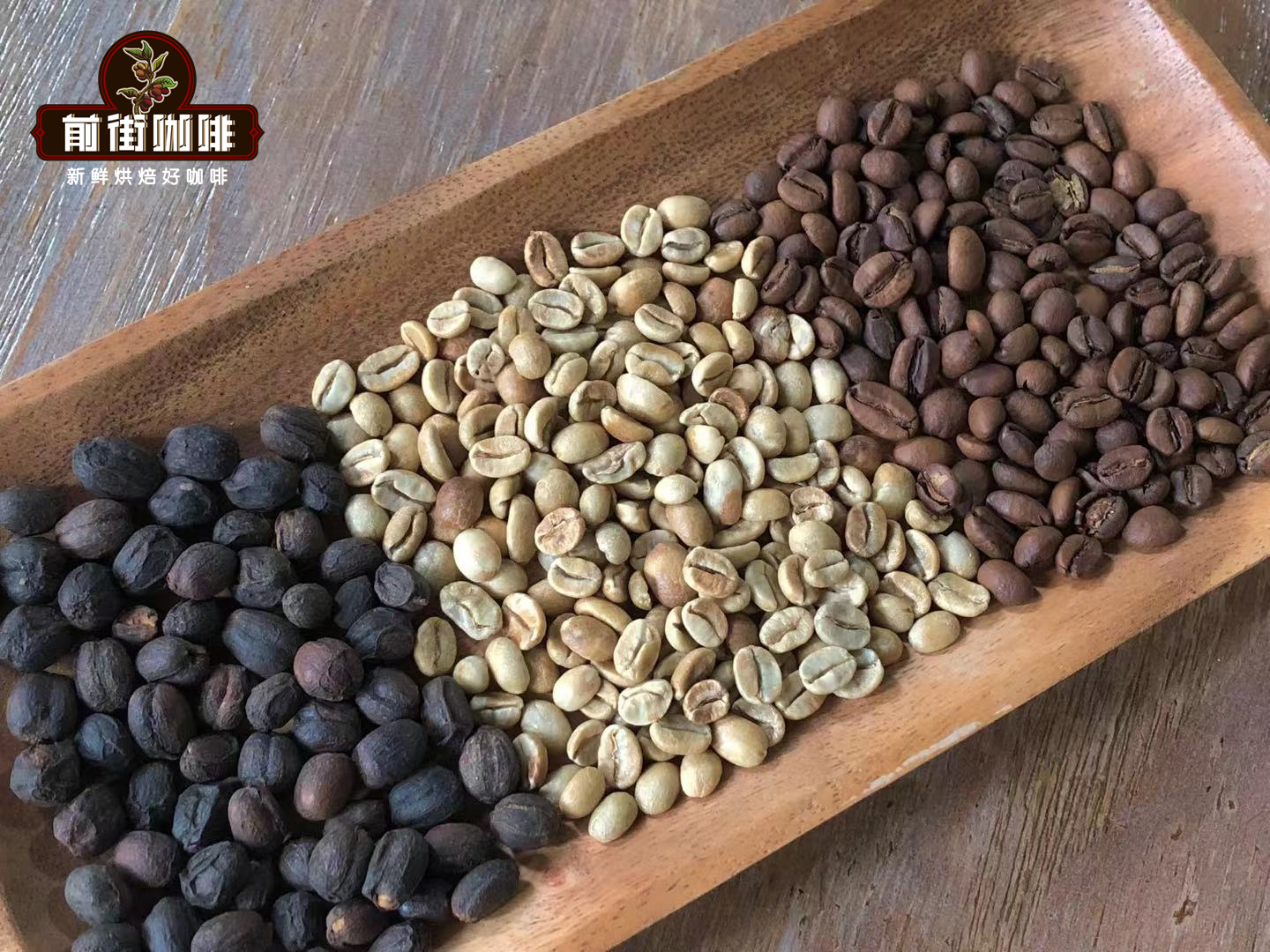
Why can sun treatment make coffee feel full? The coffee fruit is dried in the sun to reduce the coffee moisture content to 11% to 13%, and then remove the peel, pulp and pectin layer. During the drying process, the coffee beans absorb the sugar from the pectin layer of the coffee pulp, and during the drying period of up to a month, the coffee beans have enough time to absorb these sugars to form a juice-like sour and sweet flavor. At the same time, in the sunshine process, the pulp will have a mild fermentation process, these fermented flavor is absorbed by the coffee beans, can make the brewed coffee show a full and smooth feeling. Qianjie believes that the biggest flavor characteristics of sun treatment are rich fruit aroma and mild fermentation, obvious sweetness and smooth taste.
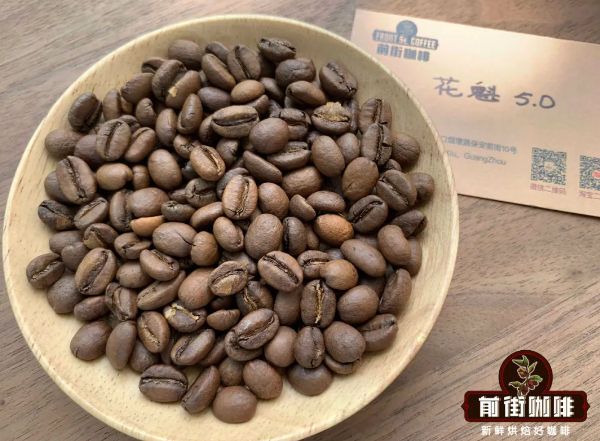
Huakui coffee beans are sun-treated coffee beans from the Sidamo area. Unlike other Sidamo coffee beans, only sun-treated coffee beans from the Sidamohambela buku processing plant can be called Sakuran coffee beans. Because coffee is a crop, the flavor of coffee changes slightly every year with the change of climate and soil, so in order to distinguish it from the 2017 champion Sakui coffee beans, the later Sakui will be crowned X.0. Currently, the new season coffee beans in 2021 are Huakui 5.0.
Yejia Xuefei coffee producing area
The Yega Xuefei producing area is located in Ethiopia, which is originally a by-product area under the Sidamo region. The coffee flavor is bright and delicate, forming a unique coffee flavor in the Sidamo area. Because of its high degree of recognition, farmers compete to be proud of the smell of their coffee beans, so they become independent from Sidamo and become the most famous producing area of Yega Sheffield today. At first, Yejasuefei used the most traditional sun-dried coffee beans. Later, after the Ethiopian government introduced water washing treatment from Central and South America, the quality of Yejasuefei coffee beans improved instantly. Its bright and rising acidity and the flavor characteristics of white flowers suddenly gained a large number of loyal fans.
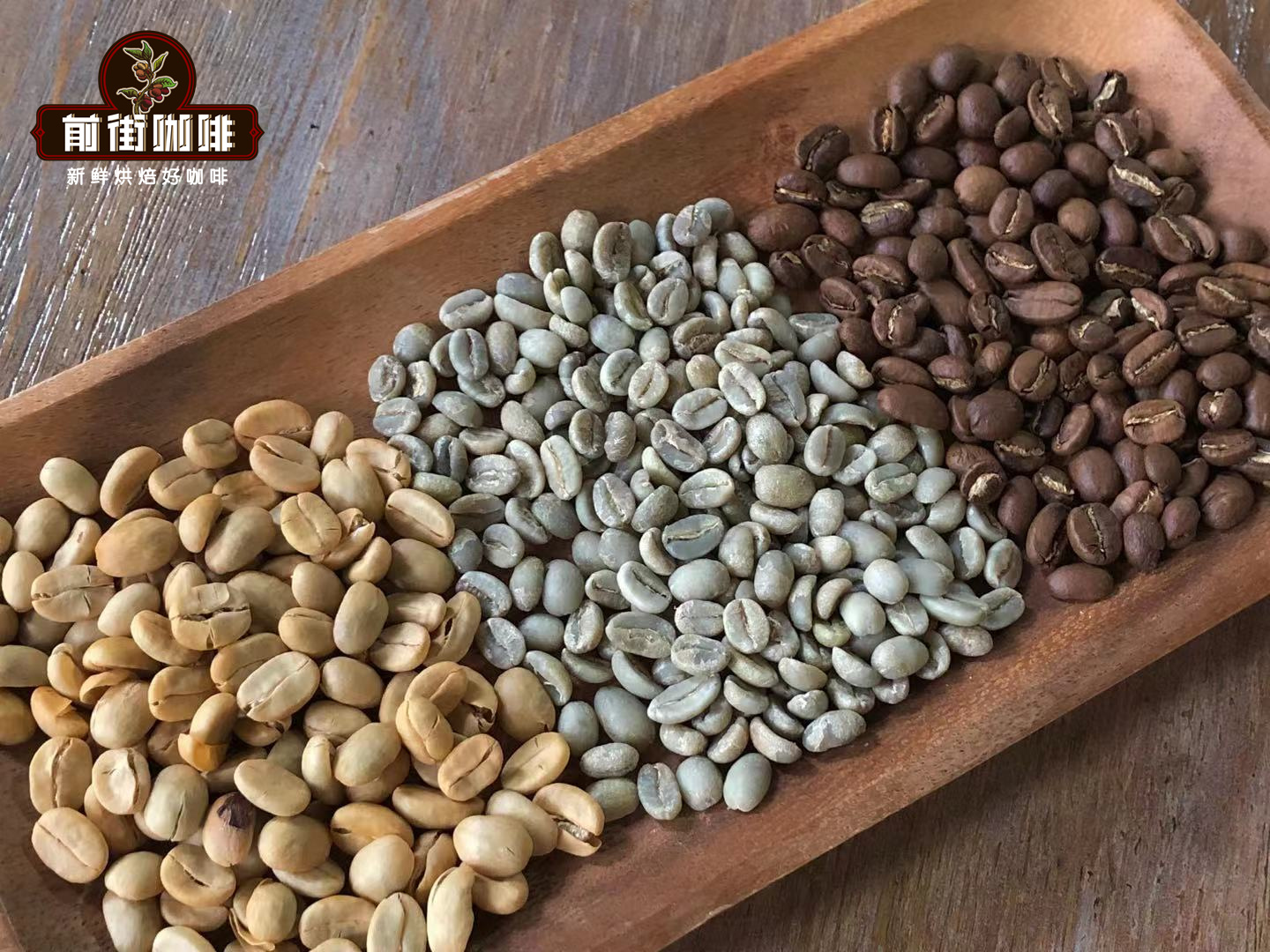
Why does washing make coffee taste brighter and brighter? The harvested coffee fruits were floated first, and the coffee fruits with insufficient density were removed. Then use a machine to remove the peel and pulp, and then put it into a pool for anhydrous or aqueous fermentation, using fermentation to decompose the pectin layer. After fermentation, the coffee beans are washed with clean water to remove pectin. Finally, the coffee beans without pectin layer are sun-dried to reduce the moisture content to between 11% and 13%. The fermentation step of the treatment process will improve the acidity of coffee beans. Qianjie believes that the biggest flavor feature of washing treatment is bright acidity, and the whole coffee is clean and fresh with rich layers.
So are the coffee beans in Yejassefi only washed? No, although the washed Yega Chuefei coffee beans catch people's eyes, they are still treated in the sun. For example, Qianjie Coffee Sun Red Cherry Coffee beans, Adidor Sun Coffee beans, Biloya Sun Coffee beans and so on are all from the Yega Sheffield area. Do you need to adjust the techniques and parameters for cooking coffee beans in the Yegashifi-Sidamo area?
Qianjie uses medium-light roasting when roasting coffee beans in these two producing areas, in order to retain the rich acidity of the two producing areas. But the two beans will show different acidity, the washed Yega Xuefei shows bright citric acid, and the sun Sidamo shows soft berry acid, so we can adjust the water temperature and injection method. The proportion of powder and water, which is maintained at 1:15, and the medium and fine grinding degree (78% of the pass rate of the Chinese standard No. 20 sieve), are too thick to extract mellow substances, and the brewed coffee will appear thin. Too fine is easy to be over-extracted at high water temperature, and the coffee brewed is prone to bitterness.
At the same time, Qianjie recommends using freshly roasted coffee beans for brewing, so as to maximize the rich flavor of coffee. The coffee beans shipped in Qianjie are all roasted within 5 days, because Qianjie is well aware that the freshness of coffee beans has a great impact on the flavor. The purpose of Qianjie roasting is "freshly roasted coffee", so that every guest who places an order is the freshest coffee when he receives it. The bean cultivation period of coffee is about 4-7 days, so when the guest gets it, it is the time when the flavor is the best.
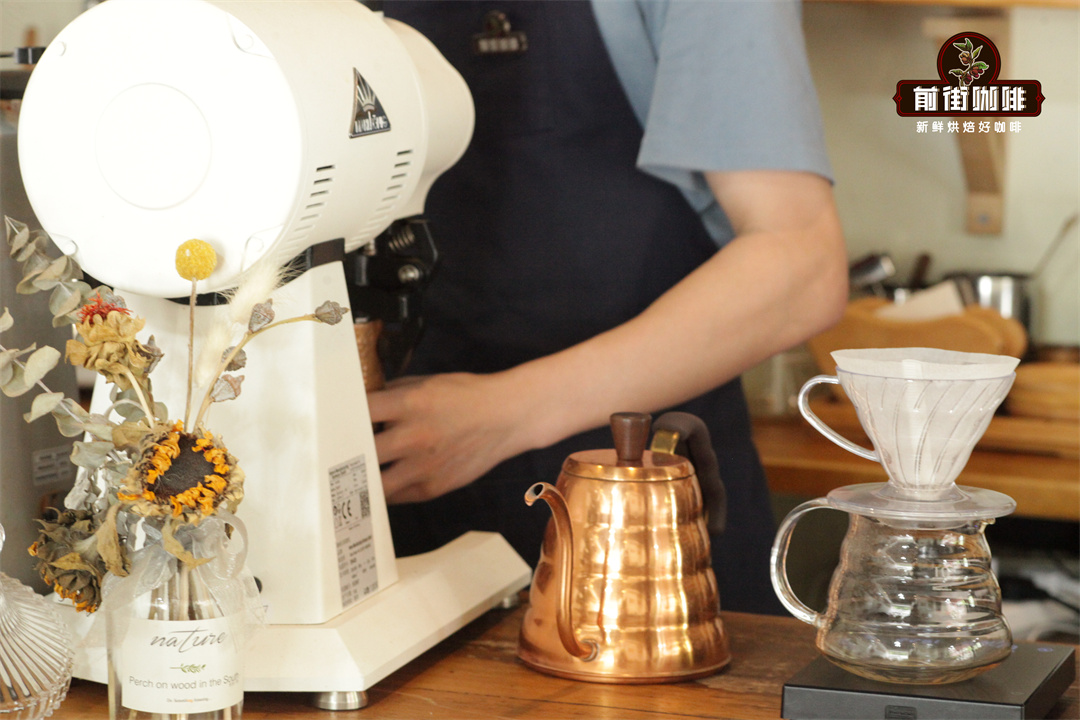
The washed Yejiaxuefei Coffee Front Street chose the coffee beans produced by the Godding Cooperative, which once belonged to the Waka Cooperative, which was discovered by coffee hunters because of the excellent quality of the coffee produced by its cooperative. Since then, it has become an independent coffee producers' cooperative. It can be seen that the quality of the washed Yejiaxefi coffee produced by Guoding Ding is very high.
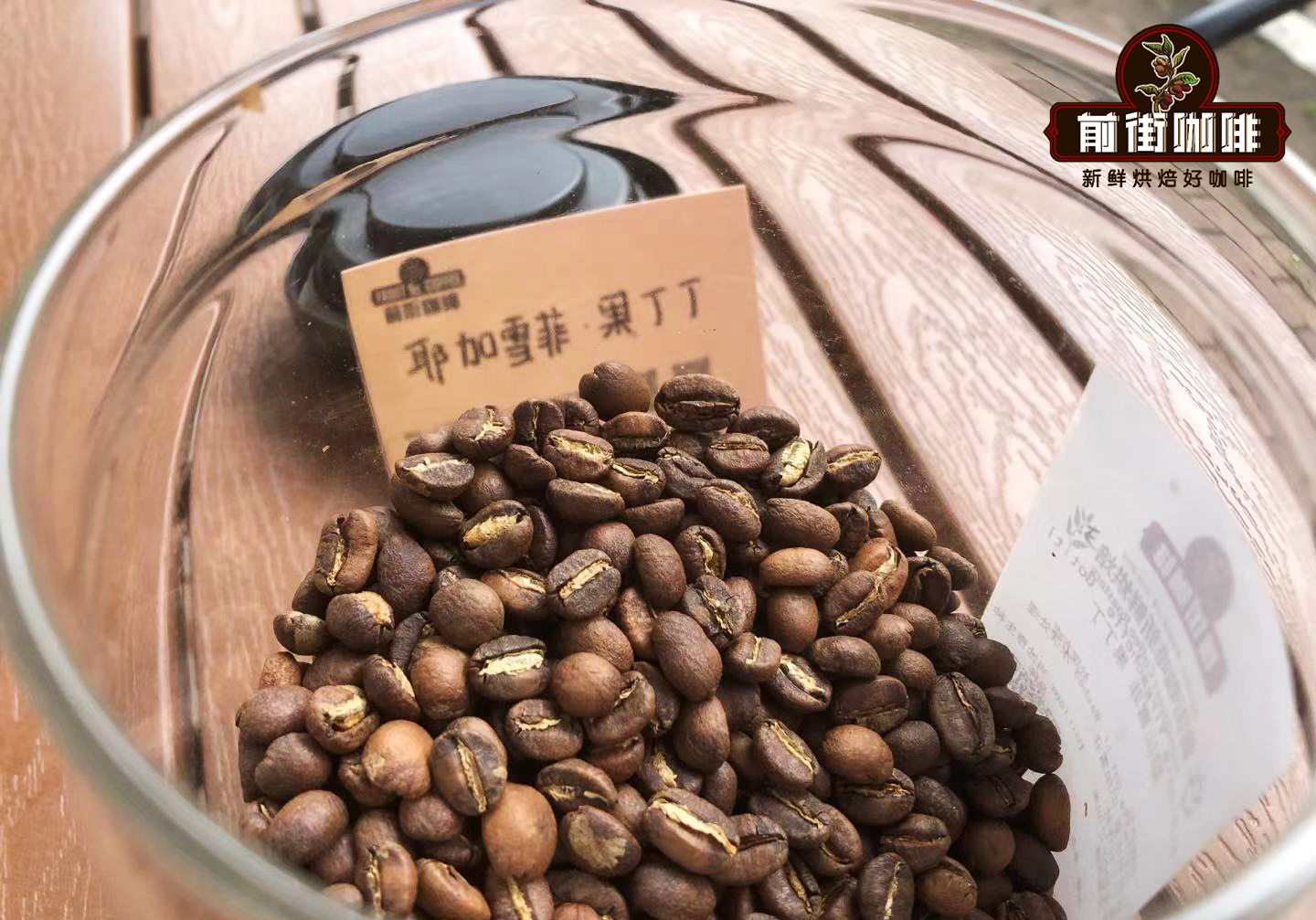
Washing Yega Xuefei (Guoding Ding Ding): if you want the acidity to rise brightly and the aftertaste of tea, you can use 90 ℃-91 ℃ for those who want to be sour and full, and for those who want to increase the thickness of alcohol, you can use 92 ℃-93 ℃. Qianjie noticed that in the process of washing coffee beans at different temperatures, Qianjie noticed that they could show different light flavors (white flowers, green tea, etc.), so three-stage extraction was used to make different flavor substances show better themselves when the powder layer warms up.
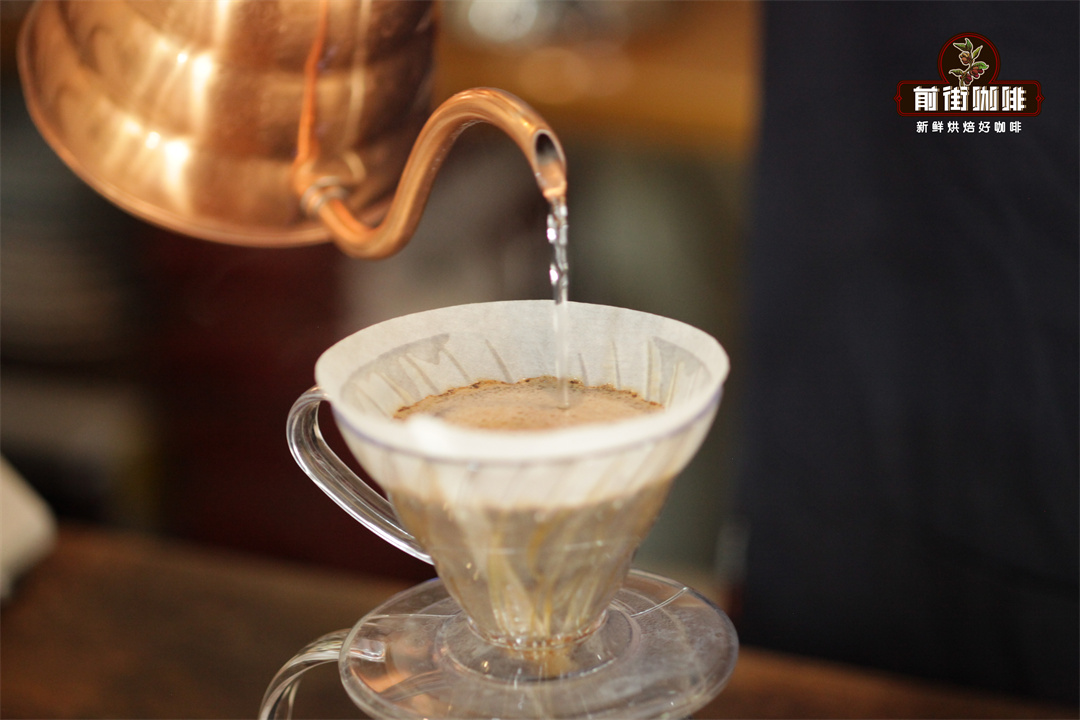
There is nothing more representative of Sunshine Sidama Coffee than Sakui Coffee beans, which still retains the flavor of Sakui Coffee in 2017. Unlike the year-related X.0 series, it is because of the strawberry aroma of 2017 Champion Douhua Kui Coffee from the small granulated coffee beans in Sakui 2.0. 3.0. Since then, DW began to select the small Sakui coffee beans in 2020. Form an independent product line-small Huakui coffee beans.
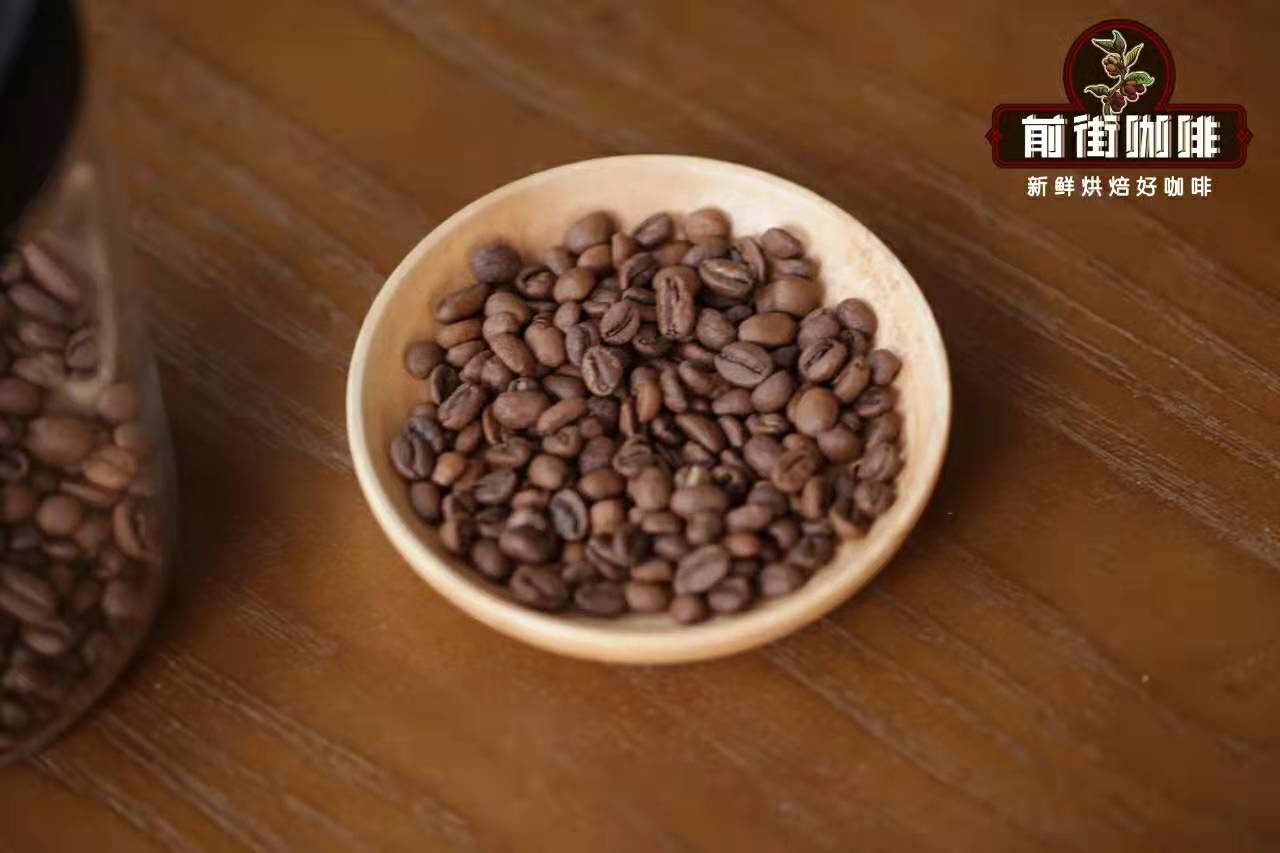
Sun Sidama cooking adjustment: in order to highlight the sweetness and fullness of sun Sidamo, the front street uses 91 ℃-92 ℃ for cooking to increase the overall mellow thickness. Qianjie noticed that the whole taste of coffee beans was full, fruit juice and sweetness were obvious during the cup test of Sidamo sun-treated coffee beans, so central water injection was used to extract the sour and sweet flavor substances stably and fully in the powder layer at the same temperature.
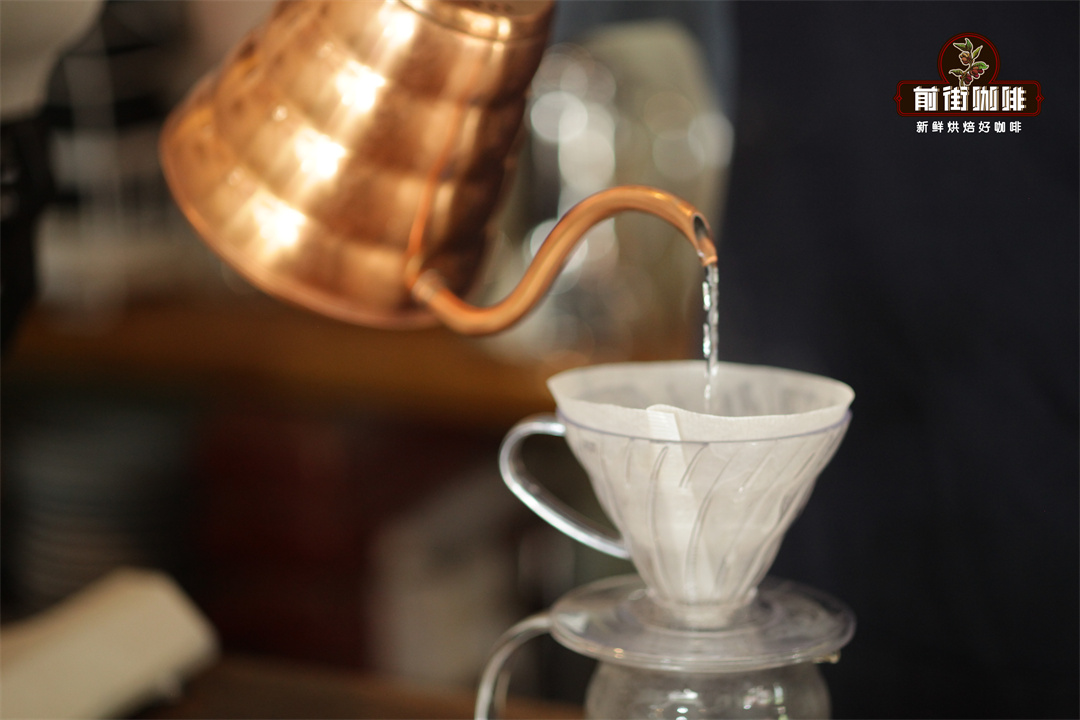
Important Notice :
前街咖啡 FrontStreet Coffee has moved to new addredd:
FrontStreet Coffee Address: 315,Donghua East Road,GuangZhou
Tel:020 38364473
- Prev

What are the characteristics of coffee beans in Sidamo Guji producing area? what is the difference in flavor and taste between Sakui coffee 6.0 and 5.0?
Professional coffee knowledge exchange more coffee bean information please follow the coffee workshop (Wechat official account cafe_style) front street-the distinction between Sidamo and Guji, Sakuran knowledge sharing the Ethiopian administrative region is divided into four levels, in the order of Region, Zone, wored
- Next
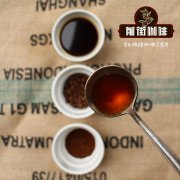
A brief introduction to the difference between the flavor characteristics of Ethiopian coffee beans recommended by Huakui 6.0 and Yega Xuefei
Professional coffee knowledge exchange more coffee bean information please follow the coffee workshop (Wechat official account cafe_style) front street-Yejia Xuefei, Huakui flavor brewing sharing Saifu has unique natural conditions, suitable for growing all imaginable coffee varieties. Ethiopian coffee beans as
Related
- Beginners will see the "Coffee pull flower" guide!
- What is the difference between ice blog purified milk and ordinary milk coffee?
- Why is the Philippines the largest producer of crops in Liberia?
- For coffee extraction, should the fine powder be retained?
- How does extracted espresso fill pressed powder? How much strength does it take to press the powder?
- How to make jasmine cold extract coffee? Is the jasmine + latte good?
- Will this little toy really make the coffee taste better? How does Lily Drip affect coffee extraction?
- Will the action of slapping the filter cup also affect coffee extraction?
- What's the difference between powder-to-water ratio and powder-to-liquid ratio?
- What is the Ethiopian local species? What does it have to do with Heirloom native species?

